Jerry C. Whitaker0849340349, 9780849340345
Table of contents :
AC Power Systems Handbook……Page 1
Front Matter……Page 2
Table of Contents……Page 5
Preface……Page 15
About the Author……Page 17
1.1.1 Defining Terms……Page 18
1.1.2 Power Electronics……Page 20
1.2.2 Complex Numbers……Page 21
1.2.4 Per Unit System……Page 23
1.3.1 Transmission Circuits……Page 24
1.3.1.2 Overhead Conductors……Page 25
1.3.1.4 Skin Effect……Page 27
1.3.2 Dielectrics and Insulators……Page 28
1.3.2.1 Insulating Liquids……Page 29
1.3.2.2 Insulating Solids……Page 30
1.3.3 Control and Switching Systems……Page 31
1.3.3.1 Fault Protection Devices……Page 32
1.4 Utility AC Power System Architecture……Page 33
1.4.2 Distribution Substations……Page 35
1.4.2.1 Breaker Schemes……Page 37
1.4.4 High-Voltage DC Transmission……Page 39
1.4.4.1 AC vs. DC Transmission……Page 41
1.4.4.2 DC Circuit Breakers……Page 42
1.4.5 Utility Company Interfacing……Page 43
1.4.6 Load Fault Protection……Page 44
1.4.6.3 Semiconductor Fuses……Page 45
1.4.6.5 Transient Currents……Page 46
1.4.6.6 Delay-Trip Considerations……Page 47
1.4.7 Measuring AC Power……Page 48
1.4.7.1 Digital Measurement Techniques……Page 49
1.5 References……Page 50
1.6 Bibliography……Page 51
2.2.1 Operating Principles……Page 52
2.2.2 Control Techniques……Page 56
2.3.1 Fossil Fuel Power Plants……Page 57
2.3.2 Nuclear Power Plants……Page 61
2.3.3 Hydroelectric Power Plants……Page 62
2.5 Bibliography……Page 65
3.2 Fundamental Principles……Page 66
3.3 PF Correction Techniques……Page 69
3.3.1 On-Site Power Factor Correction……Page 70
3.3.3 Unwanted Resonance Conditions……Page 72
3.3.4 Series Capacitor Compensation……Page 73
3.3.5 Static Compensation Devices……Page 74
3.5 Bibliography……Page 75
4.2 Inductive Properties……Page 76
4.2.1 Coils……Page 77
4.2.3 Circuit Description of Self-Inductance……Page 78
4.3 Basic Principles of the Transformer……Page 79
4.3.2 Full Load Percent Impedance……Page 85
4.3.3 Design Considerations……Page 86
4.3.4 The Ideal Transformer……Page 88
4.3.5 Application Considerations……Page 89
4.4 Transformer Failure Modes……Page 92
4.4.2 Voltage Considerations……Page 93
4.4.3.1 Dry-Type and Liquid-Filled Transformers……Page 94
4.4.3.3 Insulating Liquids……Page 95
4.6 Bibliography……Page 96
5.2 Basic Principles……Page 98
5.2.1 Series and Parallel Connections……Page 102
5.3.1 Electrolytic Capacitors……Page 103
5.3.1.1 Mechanical Failure……Page 105
5.3.1.3 Electrolyte Failures……Page 106
5.3.2 Capacitor Life Span……Page 107
5.4 References……Page 108
5.5 Bibliography……Page 109
6.2.1 Device Ruggedness……Page 110
6.2.3 Reverse Bias Safe Operating Area……Page 111
6.2.5 Semiconductor Derating……Page 112
6.2.6.3 Punch-Through……Page 113
6.3.1 Safe Operating Area……Page 114
6.3.3 Breakdown Effects……Page 118
6.3.3.3 Polarity Reversal……Page 119
6.4 Thyristor Components……Page 120
6.5 ESD Failure Modes……Page 121
6.5.1 Failure Mechanisms……Page 122
6.6 Semiconductor Development……Page 124
6.6.1 Failure Analysis……Page 125
6.7 Effects of Arcing……Page 128
6.9 Bibliography……Page 129
7.1 Introduction……Page 131
7.2.1 Operating Rectifiers in Series……Page 132
7.2.2 Operating Rectifiers in Parallel……Page 133
7.2.3 Silicon Avalanche Rectifiers……Page 134
7.2.4.1 Half-Wave Rectifier……Page 135
7.2.4.2 Full-Wave Rectifier……Page 136
7.2.4.3 Bridge Rectifier……Page 137
7.2.5 Polyphase Rectifier Circuits……Page 138
7.3.1 Inductive Input Filter……Page 141
7.3.2 Capacitive Input Filter……Page 143
7.5 Bibliography……Page 145
8.2 Thyristor Devices……Page 146
8.2.1 Thyristor Servo Systems……Page 147
8.2.1.1 Inductive Loads……Page 148
8.2.1.2 Applications……Page 149
8.2.1.3 Triggering Circuits……Page 152
8.2.3 Reverse-Conducting Thyristor……Page 154
8.3 Power Transistors……Page 155
8.3.1.1 Rugged MOSFET……Page 156
8.3.2 Insulated-Gate Bipolar Transistor……Page 157
8.5 Bibliography……Page 158
9.2.1 Sources of Atmospheric Energy……Page 159
9.2.2 Characteristics of Lightning……Page 161
9.2.2.1 Cloud-to-Cloud Activity……Page 163
9.2.3 Lightning Protection……Page 164
9.2.3.1 Protection Area……Page 165
9.2.4 Electrostatic Discharge……Page 167
9.2.4.1 Triboelectric Effect……Page 168
9.2.5 EMP Radiation……Page 169
9.2.6 Coupling Transient Energy……Page 170
9.3 Equipment-Caused Transient Disturbances……Page 171
9.3.2 Switch Contact Arcing……Page 172
9.3.3 Telephone System Transients……Page 173
9.3.4 Nonlinear Loads and Harmonic Energy……Page 175
9.3.4.1 Harmonic Sources……Page 178
9.3.5 Carrier Storage……Page 179
9.3.6.3 SCR Switching……Page 180
9.5 Bibliography……Page 181
10.1 Introduction……Page 182
10.2 Standards of Measurement……Page 183
10.2.2.1 Root-Mean-Square……Page 186
10.2.2.3 Peak-Response Measurement……Page 187
10.2.2.4 Meter Accuracy……Page 189
10.2.3 Digital Measurement Instruments……Page 190
10.2.4 Digital Monitor Features……Page 191
10.5 Bibliography……Page 192
11.2 The Key Tolerance Envelope……Page 194
11.3 Assessing the Lightning Hazard……Page 196
11.4 FIPS Publication 94……Page 197
11.5 Protection Alternatives……Page 198
11.5.1 Specifying System-Protection Hardware……Page 200
11.7 Bibliography……Page 202
12.2 System Configuration……Page 203
12.2.1 Motor Design Considerations……Page 205
12.2.1.1 Single-Shaft Systems……Page 207
12.2.2 Flywheel Considerations……Page 208
12.2.4 Motor-Generator UPS……Page 209
12.2.5 Kinetic Battery Storage System……Page 211
12.4 Bibliography……Page 213
13.2 UPS Configuration……Page 214
13.2.1.1 Ferroresonant Inverter……Page 216
13.2.1.2 Delta Magnetic Inverter……Page 217
13.2.1.4 Quasi-Square Wave Inverter……Page 218
13.2.2 Redundant Operation……Page 220
13.2.3 Output Transfer Switch……Page 223
13.4 Bibliography……Page 224
14.2 Ferroresonant Transformer……Page 225
14.2.1 Magnetic-Coupling-Controlled Voltage Regulator……Page 226
14.3 Isolation Transformer……Page 227
14.3.1 Tap-Changing Regulator……Page 229
14.3.1.1 Variable Ratio Regulator……Page 230
14.3.2 Variable Voltage Transformer……Page 231
14.4 Line Conditioner……Page 232
14.4.2 Active Power-Line Conditioner……Page 234
14.6 Bibliography……Page 236
15.2 Filter Devices……Page 237
15.4 Voltage-Clamping Devices……Page 239
15.4.1 Zener Components……Page 244
15.4.2 Hybrid Suppression Circuits……Page 247
15.6 References……Page 248
15.7 Bibliography……Page 249
16.2 Facility Wiring……Page 250
16.2.1 Utility Service Entrance……Page 252
16.3.1 Staging……Page 254
16.3.2.1 Specifications……Page 257
16.3.4 Surge Suppressor Selection……Page 258
16.5 Bibliography……Page 260
17.3 Protecting High-Voltage Supplies……Page 261
17.5 Protecting Logic Circuits……Page 265
17.6 Protecting Telco Lines……Page 266
17.8 Bibliography……Page 269
18.2 The Need for Grounding……Page 270
18.2.2 System Grounding……Page 271
18.2.3 The Grounding Electrode……Page 274
18.3.1 Grounding Interface……Page 275
18.3.2 Chemical Ground Rods……Page 280
18.3.3 Ufer Ground System……Page 281
18.3.5 Exothermic Bonding……Page 284
18.3.6 Ground-System Inductance……Page 285
18.4 References……Page 287
18.5 Bibliography……Page 288
19.2 Ground-Wire Dressing……Page 289
19.3 Facility Ground Interconnection……Page 290
19.3.1 Personnel Protection……Page 291
19.4.1 Rock-Based Radial Elements……Page 294
19.5.2 Cable Considerations……Page 295
19.5.3 Satellite Antenna Grounding……Page 296
19.6 References……Page 298
20.2 Bulkhead Grounding……Page 299
20.2.1 Bulkhead Panel……Page 303
20.2.2 Lightning Protectors……Page 305
20.2.2.1 Typical Installation……Page 306
20.2.3 Checklist for Proper Grounding……Page 308
20.3.1 Building Codes……Page 309
20.3.2 Isolated Grounding……Page 310
20.3.4 Grounding Terminology……Page 311
20.3.5 Facility Ground System……Page 312
20.3.5.1 Grounding Conductor Size……Page 315
20.3.6 Power-Center Grounding……Page 317
20.3.6.1 Isolation Transformers……Page 319
20.4 Grounding Equipment Racks……Page 320
20.5.1 Analyzing Noise Currents……Page 322
20.5.2 Types of Noise……Page 323
20.5.3 Noise Control……Page 324
20.6 Patch-Bay Grounding……Page 326
20.7 Cable Routing……Page 327
20.9 Bibliography……Page 328
21.1.1 Blackout Effects……Page 330
21.2.1 Dual-Feeder System……Page 331
21.2.2 Peak Power Shaving……Page 333
21.2.4 Choosing a Generator……Page 334
21.2.4.1 Generator Types……Page 337
21.2.6 Standby Power-System Noise……Page 338
21.2.7.1 Terms……Page 339
21.2.7.2 Sealed Lead-Acid Battery……Page 340
21.4 Bibliography……Page 341
22.2 Critical System Bus……Page 342
22.2.1 Power-Distribution Options……Page 343
22.2.2 Plant Configuration……Page 345
22.3 Plant Maintenance……Page 346
22.3.2 Ground-System Maintenance……Page 347
22.5 Bibliography……Page 349
23.2 Energy Usage……Page 350
23.3 Peak Demand……Page 351
23.5 Power Factor……Page 352
23.7 Bibliography……Page 354
24.1.1 Facility Safety Equipment……Page 355
24.2.1 Effects on the Human Body……Page 357
24.2.2 Circuit-Protection Hardware……Page 359
24.2.4 First Aid Procedures……Page 362
24.2.4.2 Shock No Longer in Progress……Page 364
24.3.1 Health Risk……Page 365
24.3.3 PCB Components……Page 366
24.3.5 Labeling PCB Components……Page 368
24.3.6 Record-Keeping……Page 369
24.3.8 Proper Management……Page 370
24.4 OSHA Safety Requirements……Page 371
24.4.4 Grounding……Page 372
24.4.5 Management Responsibility……Page 373
24.6 Bibliography……Page 375
25.1 Standard Electrical Units……Page 376
25.1.1 Standard Prefixes……Page 377
25.1.2 Common Standard Units……Page 378
25.2.1 Power Conversion Factors……Page 379
25.2.2 Standing Wave Ratio……Page 380
25.2.3 Specifications of Standard Copper Wire Sizes……Page 381
25.2.4 Celsius-to-Fahrenheit Conversion Table……Page 382
25.2.5 Inch-to-Millimeter Conversion Table……Page 383
25.2.6 Conversion of Millimeters to Decimal Inches……Page 384
25.2.7 Conversion of Common Fractions to Decimal and Millimeter Units……Page 385
25.2.9 Decimal Equivalent Size of Drill Letters……Page 386
25.2.11 Conversion Ratios for Area……Page 387
25.2.13 Conversion Ratios for Volume……Page 388
25.2.15 Conversion Ratios for Electrical Quantities……Page 389
26.1 Quantity Conversion……Page 390
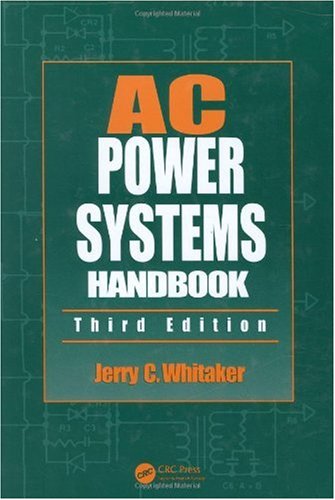

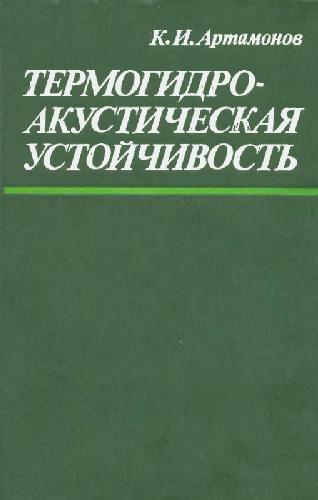
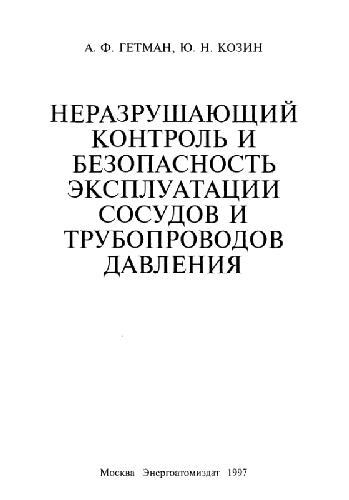

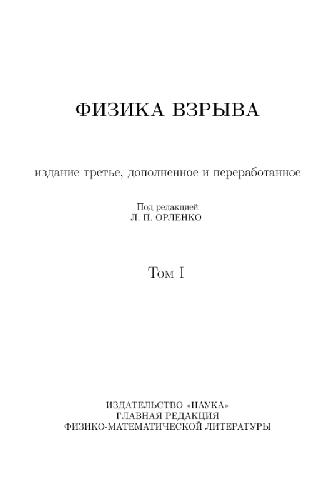
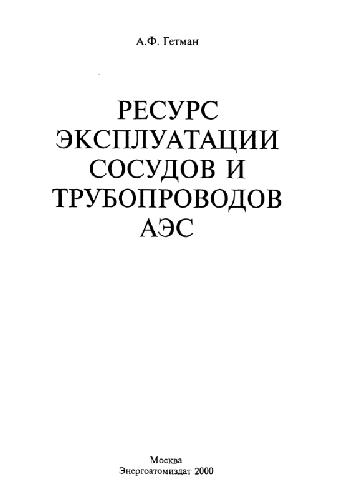
Reviews
There are no reviews yet.